Navigating children’s clothing sizes is already a challenge, but it becomes even more perplexing when you encounter European sizing. As a parent familiar with the US system, I remember feeling completely lost when faced with numbers that seemed to have no relation to age or standard US sizes. It’s not just us expats, I’m sure even locals find it confusing as children grow so quickly! Trying to decipher sizes like 104, 110, or 116 for a growing child can feel like you need a secret code. Forget about easily knowing if it’s a size 4T or 5T – European sizes use a different system altogether.
For years, I relied on a handwritten cheat sheet tucked away in my daughter’s closet. The intention to create a clearer, more shareable version has been on my to-do list for ages. Finally, while learning new design software, I decided to create a visual guide to help other parents decode these European clothing sizes. I’m sharing it hoping it will be as helpful for you as it has been for me!
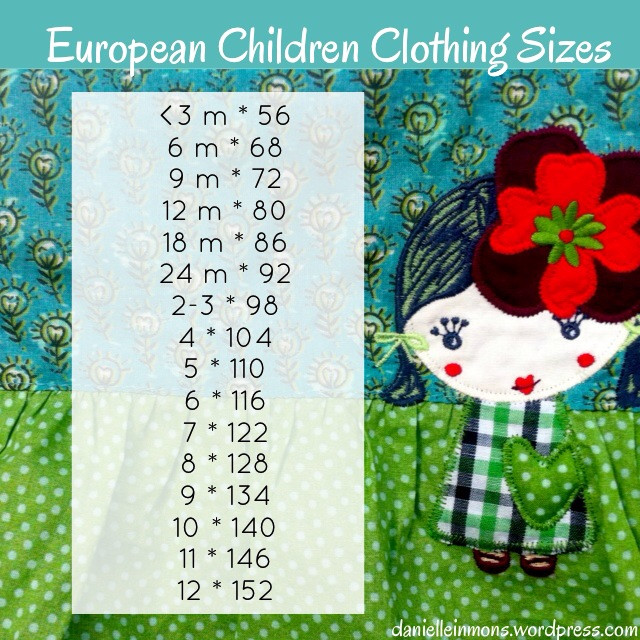 European children's clothing size chart with dress background
European children's clothing size chart with dress background
Understanding the European Size Chart
The key to understanding European children’s clothing sizes lies in height. Unlike the US system which often uses age ranges (like 2T, 3T, 4T), European sizes are directly linked to your child’s height in centimeters.
On the left side of the chart, you’ll see the child’s age and the approximate US size equivalent for reference. The right side displays the ‘European’ size. This number actually corresponds to the child’s height in centimeters. For example, a European size 104 is designed for a child who is approximately 104 centimeters tall.
It’s also important to note that European sizes are often a bit generous. A size 68, typically labeled for 6 months, often fits babies starting around 3 or 4 months old. Similarly, when your baby reaches 6 months, they might start fitting into a size 74 (sometimes labeled 9 months). Think of the European size number as the maximum height for that size. A child will generally wear a size 2 (European size 92) until they are almost 3 years old. Then, size 3 (European size 98) fits from age 3 to 4, and so on.
Keep in mind, these are just guidelines. Children grow at different rates, and your child’s build will also influence the best fit. My own daughters often wore sizes that were a year or two ahead of their actual age!
Visual Guides for European Children’s Clothing Sizes
To make this even easier to grasp, I’ve created a few different visual charts. These charts provide a quick reference for converting between US sizes, age, and European sizes. Whether you’re shopping online or browsing in European stores, these guides can help you confidently choose the right size.
Here is a more gender-neutral design:
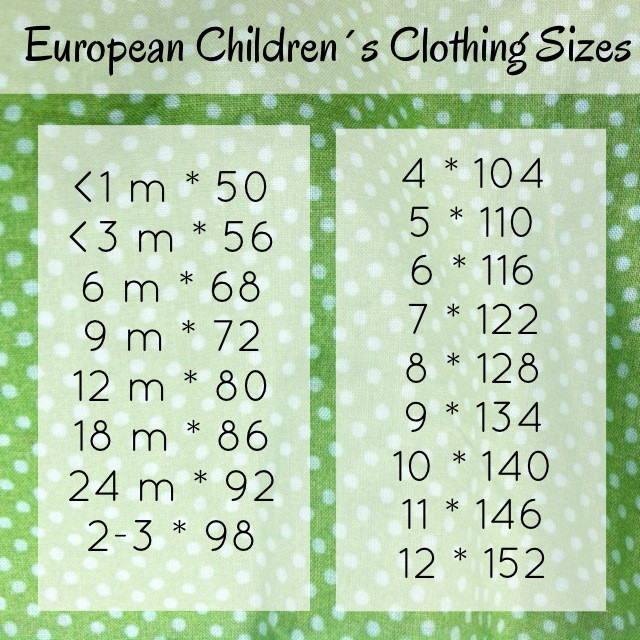 Unisex European children's clothing size chart
Unisex European children's clothing size chart
And another design option:
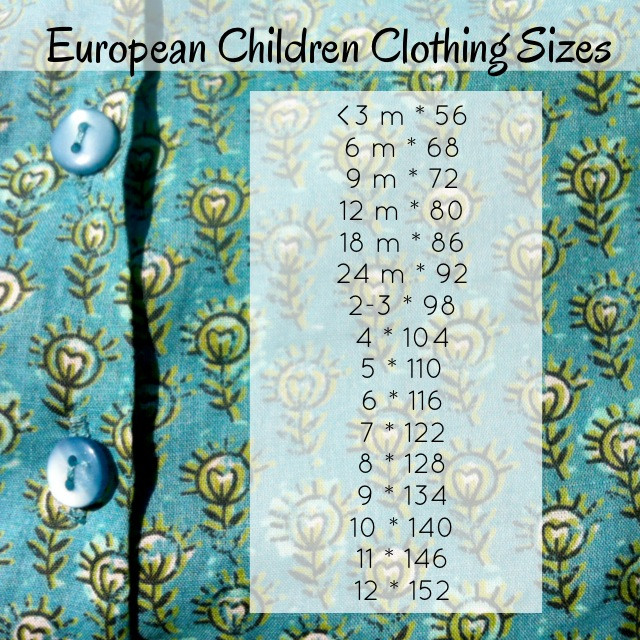 Alternative design European children's clothing size chart
Alternative design European children's clothing size chart
If you’re mainly concerned with baby sizes, this chart focuses specifically on those:
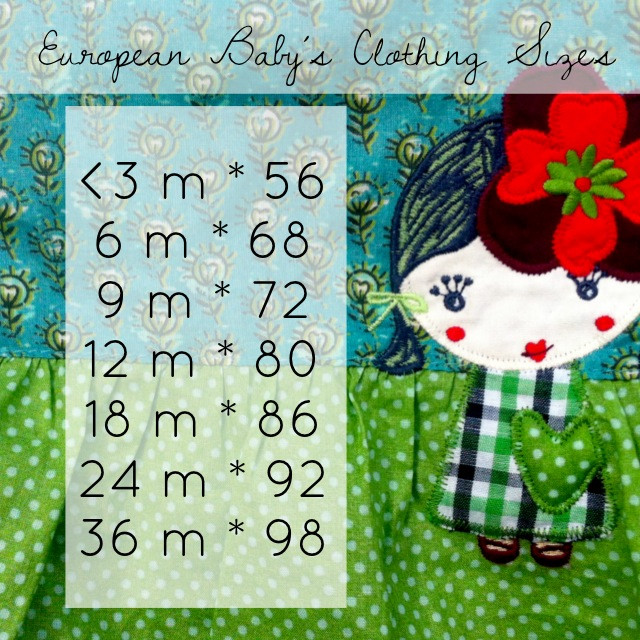 European baby clothing size chart
European baby clothing size chart
And for older children’s sizes, this chart is helpful:
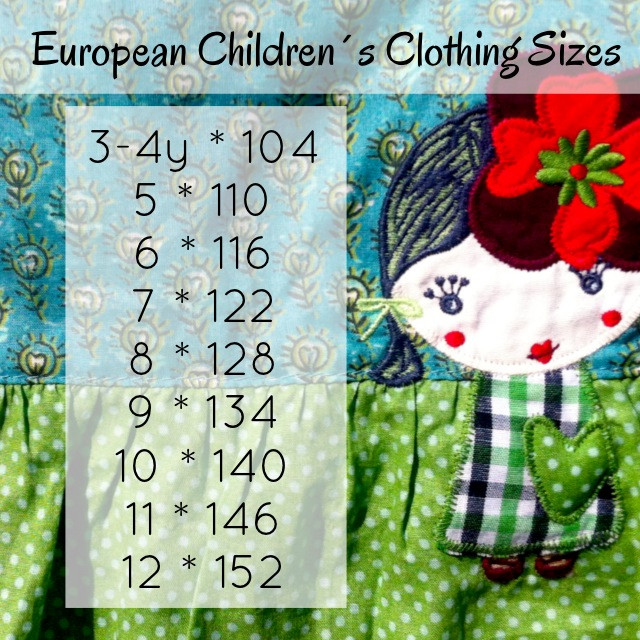 European children's clothing size chart for older kids
European children's clothing size chart for older kids
Conclusion: Making Sense of European Sizes
Hopefully, these charts and explanations demystify European children’s clothing sizes for you. No more confusion when trying to figure out if a European size will fit your child! By understanding that these sizes are based on height in centimeters and using these handy visual guides, shopping for clothes – whether online or abroad – becomes much less stressful. Let me know if you find these helpful or have any suggestions for improvement!

